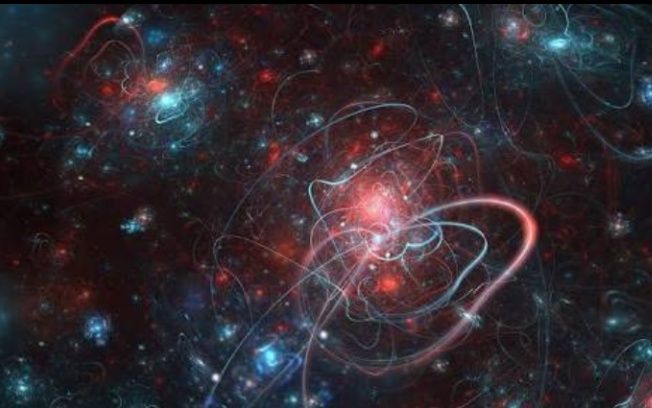String Theory - Origin
Feb 22, 2019 • 396 views
String theory is one of the most stimulating topics in modern theoretical physics. It was discovered as an attempt to understand strong nuclear forces in late 1960. This force can solely be held accountable for holding neutrons & protons together inside the nucleus of an atom as well as quarks together inside the protons and neutrons.

String are fundamental one-dimensional extended objects rather than some point like a particle in one-dimensional space; responsible qualitatively for various features of the strong nuclear force and the strongly interacting particles (or hadrons). The basic idea in the string description of the strong interactions is that specific particles correspond to specific quantum states or oscillation modes of the string. This proposal gives a very satisfying unified picture in that it postulates a single fundamental object, the string to explain the a myriad of differently observed hadrons.
Quantum Chromodynamics (QCD), another theory that was developed in the early 1970s as a result of new theory & other technical details string theory was neglected. Now, once again it has become an active area of research & string theory has turned out well suited for the construction of a quantum theory that unifies the description of gravity and the other fundamental forces of nature.
General features
We cannot give any specific details of the string theory as it hasn't been completely formulated.
1. Gravity: First general features of the theory, states that gravity gets modified at very short distances/high energies but at ordinary distances & energies it is present in exactly the form as proposed by Einstein.
2. Supersymmetry: Second feature, requires it to be symmetric in all directions,which is a symmetry that

relates bosons to fermions is required Supersymmetry is a generic feature of all potentially realistic string theories. The fact that this symmetry has not yet been discovered is an indication that the characteristic energy scale of supersymmetry breaking and the masses of supersymmetry partners of known particles are above experimentally determined lower bounds.
3. Extra Dimension of Space: In contrast to many theories in physics, superstring theories are able to predict the dimension of the space-time in which they live. The theory is only consistent in a ten-dimensional space-time and in some cases an
the eleventh dimension is also possible.
